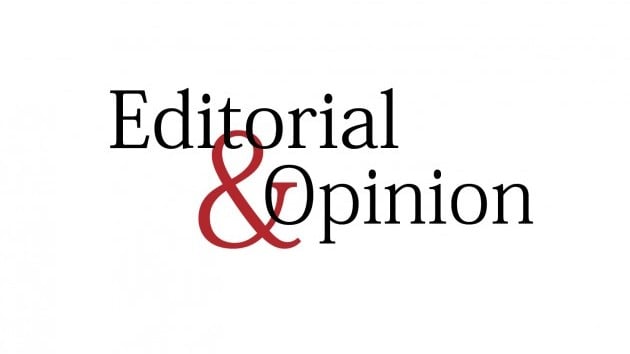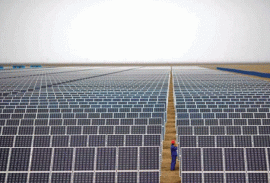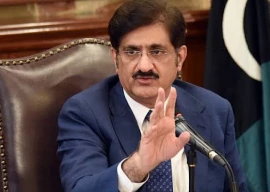
Pakistan’s public debt is piling up at a staggering rate of Rs13.2 billion per day under the incumbent government. That way, a whopping Rs11.6 trillion have been added to the public debt since Imran Khan took over as Prime Minister in August 2018. Latest SBP data puts the total public debt payable by the federal government at Rs35.8 trillion as of November 2020 — including Rs24.1 trillion domestic debt and Rs11.7 trillion foreign debt. More worryingly, the Rs35.8 trillion public debt is exclusive of the $6 billion IMF loan which is recorded on the central bank’s balance sheet. The IMF loan in terms of the local currency is close to one trillion rupees, at the current exchange rate. Besides, the Rs11.7 trillion worth of foreign debt stock is also exclusive of the liabilities that the federal government indirectly owes to creditors. Thus the gross public debt is far higher than what the government actually owes.
Before assuming power, Prime Minister Imran Khan had been particularly critical of the previous government’s ‘binge borrowing’, and had pledged to bring the debt numbers down considerably, apart from taking other steps to improve the socio-economic condition of the people. On the contrary, he has performed worse than his two civilian predecessors. Let’s have a look at the statistics. When the PPP came to power in 2008, the total public debt stood at ₨6.5 trillion. And at the end of its tenure in 2013, the figure had reached Rs15.09 trillion, which means an addition of approximately Rs8.5 trillion. Over the following five years, i.e. till 2018, the PML-N led government took this figure to Rs24.2 trillion, meaning a rise of approximately Rs9.11 trillion. So the cumulative increase in the public debt between 2008 and 2018 comes to something around 17.6 trillion.
And now, the current volume of the public debt — standing at Rs35.8 trillion as of November 2020 — shows that the PTI-led government has added Rs11.6 trillion in a span of 27 months. This means that the incumbent government has borrowed Rs3.1 trillion more than the PPP government (2008-2013) and Rs2.49 trillion more than the PML-N government (2013-2018) — and that too in less than half the five-year term. What is the cause for further concern is that the country’s total debts and liabilities as ratio of the GDP has crossed the psychological 100 per cent mark, standing at 106.8% of GDP as of June 2020.
Debts are supposed to be invested in development projects to spur economic growth in the country and bring socio-economic progress. The development projects thus launched create jobs and generate taxes, and serve to outweigh the cost of borrowing. Debts are, therefore, no bad if utilised that way. Sadly though, that has not been the case with Pakistan. We have long been borrowing money to service the money borrowed earlier, only to see the debt pile on and on. The current bailout agreement with the IMF is a fitting reference to the context. Of the $6 billion loans that we are to get from the IMF over the course of 39 months, only $1.85 will actually come into our coffers and the rest will serve to retire the debt obtained from the same global lender previously. That we are in a debt trap goes without saying.
Published in The Express Tribune, January 21st, 2021.
Like Opinion & Editorial on Facebook, follow @ETOpEd on Twitter to receive all updates on all our daily pieces.

1736599343-0/fizza-(8)1736599343-0-405x300.webp)
1736598692-0/fizza-(7)1736598692-0-165x106.webp)
1736598106-0/Untitled-design-(10)1736598106-0-165x106.webp)
1736598040-0/fizza-(6)1736598040-0-165x106.webp)
1736596092-0/fizza-(5)1736596092-0-165x106.webp)


1736508423-0/Express-Tribune---News-Desk-(9)1736508423-0-270x192.webp)










COMMENTS
Comments are moderated and generally will be posted if they are on-topic and not abusive.
For more information, please see our Comments FAQ